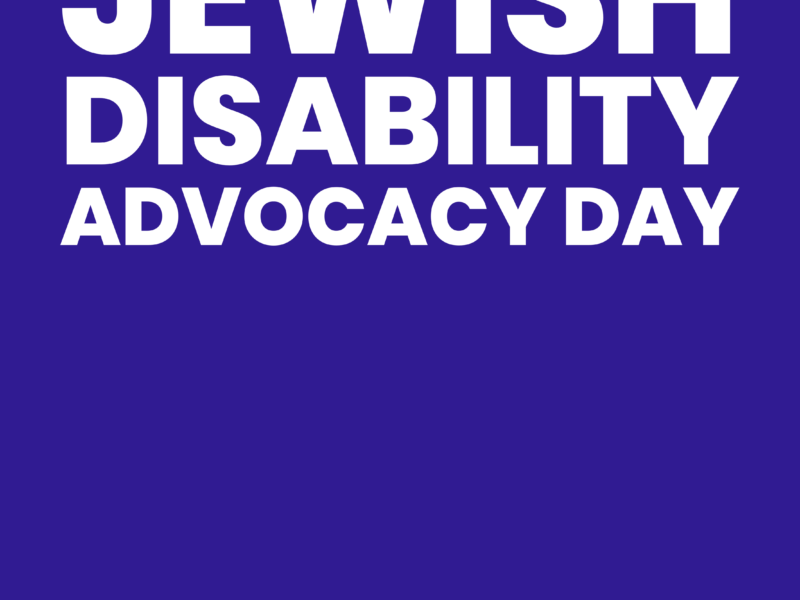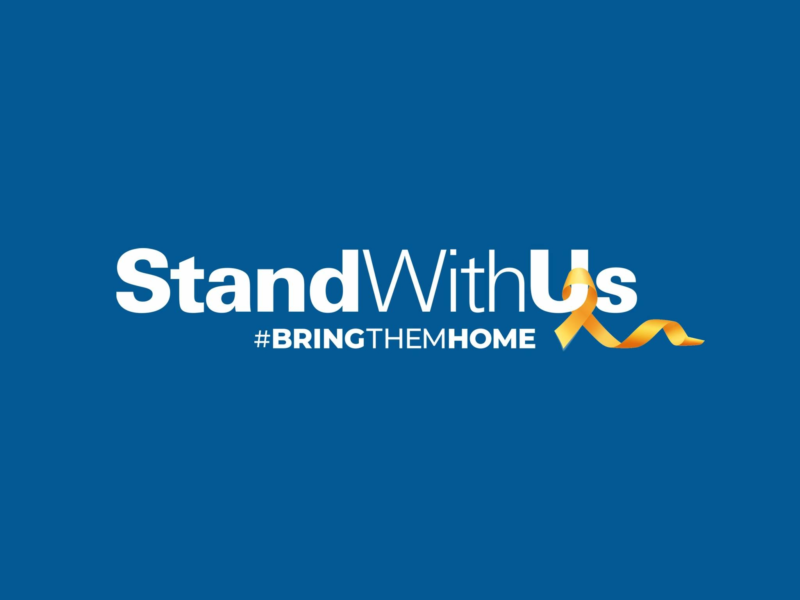On June 28, 1969, in New York City, police raided the Stonewall Inn, a gay club in Greenwich Village, which resulted in bar patrons, staff, and neighborhood residents rioting onto Christopher Street outside. Among the many leaders of the riots was black, trans, bisexual woman, Marsha P. Johnson — leading the movement to continue over six days with protests and clashes. The message was clear; protestors demanded the establishment of places where LGBT+ people could go and be open about their sexual orientation without fear of arrest.
Pride Month is largely credited as being started by bisexual activist, Brenda Howard. Known as, “The Mother of Pride,” a year after the Stonewall Riots, Brenda organized Gay Pride Week and the Christopher Street Liberation Day Parade. This eventually morphed into what we now know as the New York City Pride March, and from where parades and marches across the world evolved.
This year Pride Month (held every June) has been overshadowed by a global pandemic and protests across the United States and the world.
We came across this eloquently written piece and felt we had to share it:
Today I am tapping into my identity as a gay man, and remembering those who lost their lives because of the way they loved.
The official marking for gay & bisexual men, along with transgender women, was the upside-down pink triangle. They were used as targets in shooting practices, their pink triangle the ultimate bullseye. They were experimented on with cruel hormonal treatments, in an effort to “make them straight,” along with being forced to perform sex acts on female sex slaves, part of the Nazis’ systemized “conversion therapy.”
The LGBT victims of the Holocaust were not even considered victims, rather classified as criminals throughout the world, with anti-gay laws still in effect until the late 20th century. They received no reparations, and the U.N.’s Genocide Act of 1948 does not even include sexual orientation within its qualifications.
buy lopid online
The number of victims is still unclear, due to a lack of Gay Holocaust academia. The pink triangle was reclaimed by the gay community during the HIV/AIDS crisis, with a poster featuring a pink triangle on a black background. While it was initially rejected because of its links to the Nazi concentration camps, it was ultimately returned for the same reason, and the triangle was inverted as a gesture of disavowal of victimhood.
History, unfortunately, repeats itself, especially when we don’t learn from it. The LGBT community has been in the closet for thousands of years, and our coming out has been treated with ridicule, a loss of civil rights, beatings, and murders.
Seemingly harmless comments like “that’s so gay” lead to gay bashings, and this cycle continues. It is saddening to look back at the AIDs epidemic and the passive reaction to it, just 40 years after the Holocaust.
buy nootropil online
There is still so much hate and injustice, but we are making change happen by being here and fighting for our existence and our rights, and that is a beautiful thing.
I wear the pink and yellow Jewish star on my face, like that worn on the chests of gay Jewish men in the camps. I am Jewish, I am here, I am queer. I remember those forgotten by history.
shared by @eatingaroundisrael






